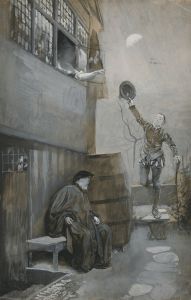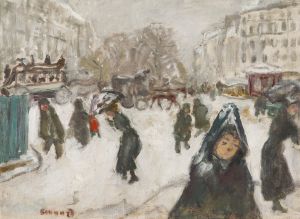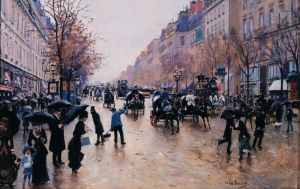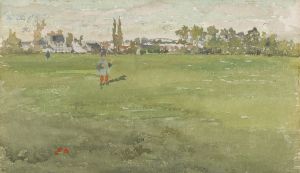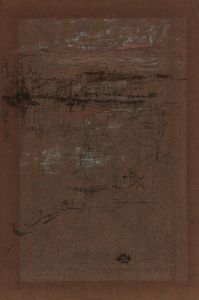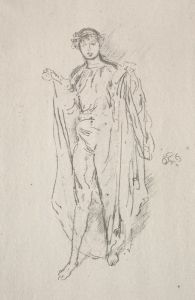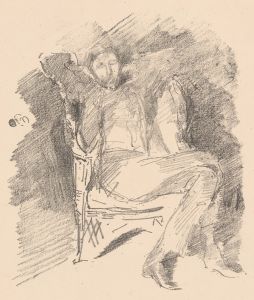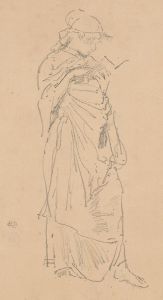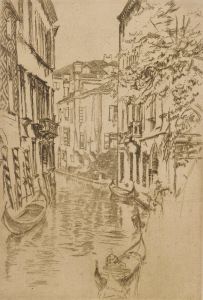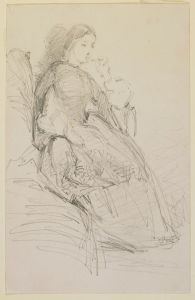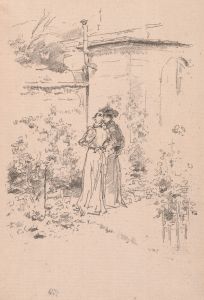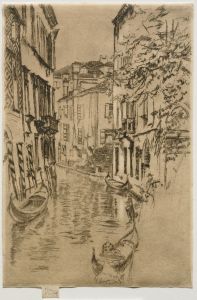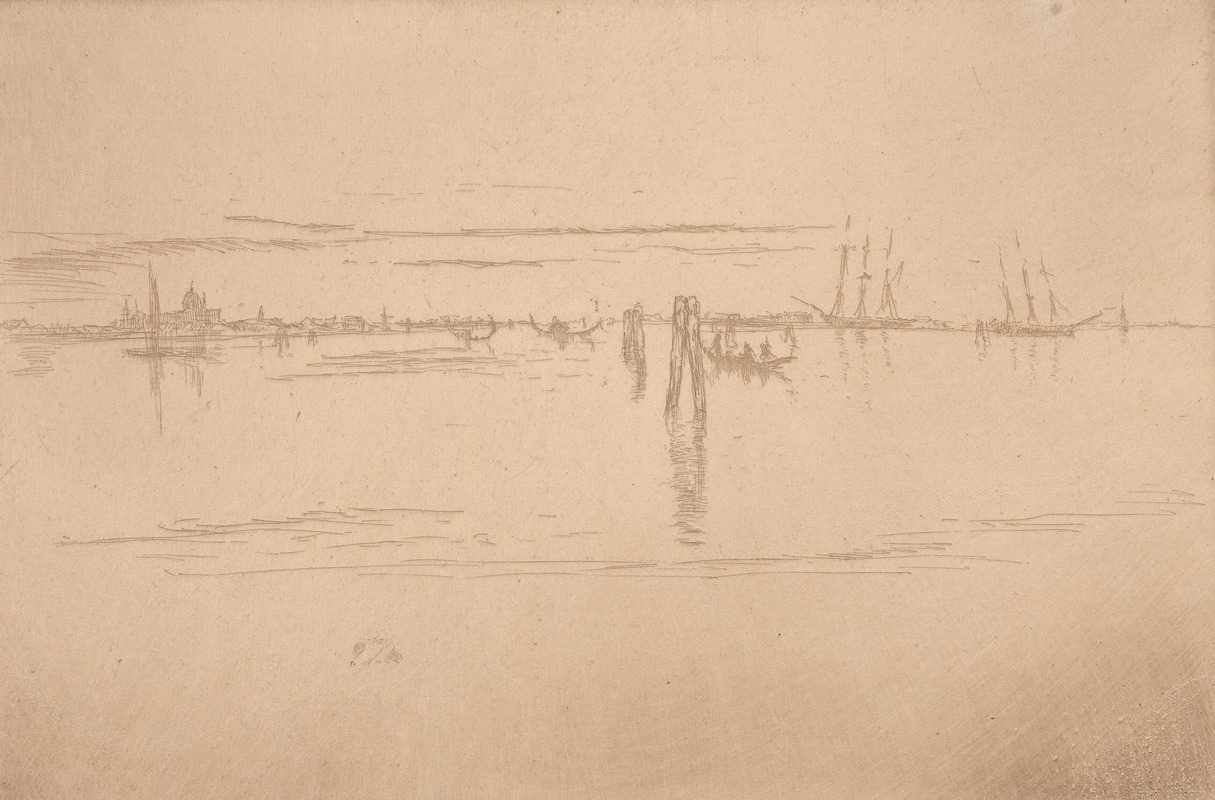
Long lagoon
A hand-painted replica of James Abbott McNeill Whistler’s masterpiece Long lagoon, meticulously crafted by professional artists to capture the true essence of the original. Each piece is created with museum-quality canvas and rare mineral pigments, carefully painted by experienced artists with delicate brushstrokes and rich, layered colors to perfectly recreate the texture of the original artwork. Unlike machine-printed reproductions, this hand-painted version brings the painting to life, infused with the artist’s emotions and skill in every stroke. Whether for personal collection or home decoration, it instantly elevates the artistic atmosphere of any space.
James Abbott McNeill Whistler (1834-1903) was an American artist known for his paintings, etchings, and lithographs. He was a leading figure in the Aesthetic Movement, which emphasized the visual and sensual qualities of art and design over practical or narrative considerations. One of his notable works is "Long Lagoon," an etching created in 1879-1880.
"Long Lagoon" is part of Whistler's "Venice, Second Series," a collection of etchings that he produced during his time in Venice. Whistler traveled to Venice in September 1879, initially to escape financial difficulties and to find new inspiration. The city’s unique atmosphere, with its intricate network of canals, historic architecture, and vibrant light, provided a rich source of material for his work.
The etching "Long Lagoon" captures a serene and expansive view of the Venetian lagoon. Whistler's technique in this piece is characterized by his delicate and precise line work, which effectively conveys the tranquil water and the distant horizon. The composition is notable for its simplicity and the subtle interplay of light and shadow, which are hallmarks of Whistler's style. He often employed a restrained palette and focused on the atmospheric effects of light, aiming to evoke a sense of mood and place rather than detailed realism.
Whistler's time in Venice was highly productive, and the etchings he created there are considered some of his finest works. "Long Lagoon" and other pieces from the "Venice, Second Series" were well-received by critics and collectors, helping to restore his reputation and financial stability. These works also contributed to the revival of interest in etching as an art form during the late 19th century.
Whistler's approach to etching was innovative; he often used a technique called "drypoint," which involves drawing directly onto the plate with a sharp needle, creating a rich, velvety line. This method allowed him to achieve a high level of detail and a distinctive textural quality in his prints. In "Long Lagoon," the use of drypoint is evident in the fine lines and the subtle gradations of tone that capture the reflective surface of the water and the distant, hazy skyline.
"Long Lagoon" exemplifies Whistler's ability to distill the essence of a scene into a few carefully chosen elements, creating a composition that is both evocative and timeless. His work in Venice marked a significant period in his career, showcasing his mastery of etching and his unique vision as an artist.
Today, Whistler's etchings, including "Long Lagoon," are held in high regard and can be found in major museum collections around the world. They continue to be studied and admired for their technical excellence and their contribution to the development of modern printmaking.





